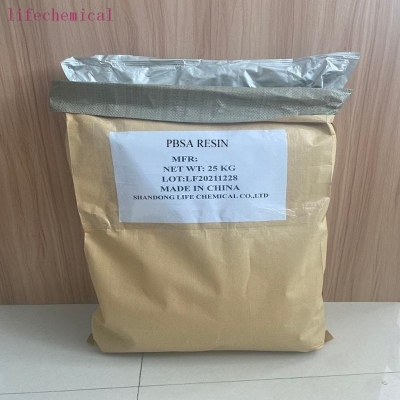-
Categories
-
Pharmaceutical Intermediates
-
Active Pharmaceutical Ingredients
-
Food Additives
- Industrial Coatings
- Agrochemicals
- Dyes and Pigments
- Surfactant
- Flavors and Fragrances
- Chemical Reagents
- Catalyst and Auxiliary
- Natural Products
- Inorganic Chemistry
-
Organic Chemistry
-
Biochemical Engineering
- Analytical Chemistry
-
Cosmetic Ingredient
- Water Treatment Chemical
-
Pharmaceutical Intermediates
Promotion
ECHEMI Mall
Wholesale
Weekly Price
Exhibition
News
-
Trade Service
The Australian National University announced a few days ago that its scientists have produced the world’s thinnest lens, only 6.
3 nanometers thick, which is one-two thousandths of the diameter of a human hair
.
According to Dr.
Lu Yuerui of the School of Engineering and Computer Science at the Australian National University, the main researcher on this subject, the lens is only 6.
3 nanometers thick, while the thinnest lens that has been manufactured before is 50 nanometers thick
.
Lu Yuerui said that the lens is made of molybdenum disulfide crystals, which are stable at high temperatures, are a lubricant and a good semiconductor, and can release photons
.
The research team used the tape separation method to peel thinner and thinner crystal layers from the molybdenum disulfide crystal layer by layer, and used ion beams to polish a hemispherical lens with a thickness of only 9 atoms
.
The researchers found that the thickness of a single layer of molybdenum disulfide is only 0.
7 nanometers, and light will reciprocate in this crystal layer with a high refractive index without being absorbed
.
Lu Yuerui said that this latest scientific research achievement has realized the control of the propagation of light at the atomic level and can be used to create an unprecedented miniaturized optical system
.
This breakthrough invention will bring revolutionary applications in the fields of science, technology and medical health, such as being used to manufacture flexible displays, or used to manufacture microlens arrays that simulate compound eyes of insects to achieve rapid three-dimensional imaging
.
3 nanometers thick, which is one-two thousandths of the diameter of a human hair
.
According to Dr.
Lu Yuerui of the School of Engineering and Computer Science at the Australian National University, the main researcher on this subject, the lens is only 6.
3 nanometers thick, while the thinnest lens that has been manufactured before is 50 nanometers thick
.
Lu Yuerui said that the lens is made of molybdenum disulfide crystals, which are stable at high temperatures, are a lubricant and a good semiconductor, and can release photons
.
The research team used the tape separation method to peel thinner and thinner crystal layers from the molybdenum disulfide crystal layer by layer, and used ion beams to polish a hemispherical lens with a thickness of only 9 atoms
.
The researchers found that the thickness of a single layer of molybdenum disulfide is only 0.
7 nanometers, and light will reciprocate in this crystal layer with a high refractive index without being absorbed
.
Lu Yuerui said that this latest scientific research achievement has realized the control of the propagation of light at the atomic level and can be used to create an unprecedented miniaturized optical system
.
This breakthrough invention will bring revolutionary applications in the fields of science, technology and medical health, such as being used to manufacture flexible displays, or used to manufacture microlens arrays that simulate compound eyes of insects to achieve rapid three-dimensional imaging
.






